The retinoid family is made up of derivatives of vitamin a (hence why these terms are sometimes used interchangeably). There are many different ingredients that fit under the retinoid umbrella, but two of the most popular are, you guessed it, retinol and retinal.
Vitamin a is one of the body’s key nutrients. It helps to boost cell turnover in the skin. But in order to reap the skin-brightening, collagen-boosting, acne-reducing rewards, retinol and retinal need to be converted to retinoic acid. Which happens naturally when applied to the skin.
Formulations fact! Prescription retinoids, like (tretinoin, isotretinoin) are already retinoic acid. No conversion needed. They are in their active form, and can get straight to work on the skin.

As you can see. Science is tricky! And! Retinol is two steps away from becoming retinoic acid, while retinal is just one - a direct precursor. So here are the key differences.
Speed.
For retinal there are less steps needed (compared to retinol) to be converted to retinoic acid, so it can get to work on the skin quicker, helping to plump and smooth and iron out fine lines. Retinal has been proven in-vitro (so, in a test tube in a lab), to convert to retinoic acid 11x faster than retinol*. This is what makes retinal a great pick for mature skin types, anyone who wants to improve the appearance of visible fine lines, and anyone who wants to see a difference in their skin after just 6-8 weeks of consistent use.
Strength.
Because, as you now know, retinal converts to retinoic acid faster than retinol. And this can mean that there is a greater concentration of available retinoic acid**. What this means is you technically don’t need as much retinal to get the same benefits you would using a retinol i.e. more bang for buck!
While most retinoids come with a warning for potential irritation, retinal has been shown to be well tolerated by all skin types. But it’s not uncommon for skincare brands to incorporate soothing ingredients in their formula to further prevent or counteract any flare ups.
If you are using a retinoid for the first time, it’s best to start low and start slow. This means using a low level retinoid twice a week at first, and building up from there.
Antibacterial.
Retinal is the only retinoid that has been shown to have antibacterial activity***. This makes it a great ingredient for those with blemish-prone skin, as it can help to clean and clear out any congestion.
In short, both retinol and retinal are powerhouse skincare ingredients designed to rejuvenate the skin. But speed and strength and their antibacterial nature may vary. So choose wisely.
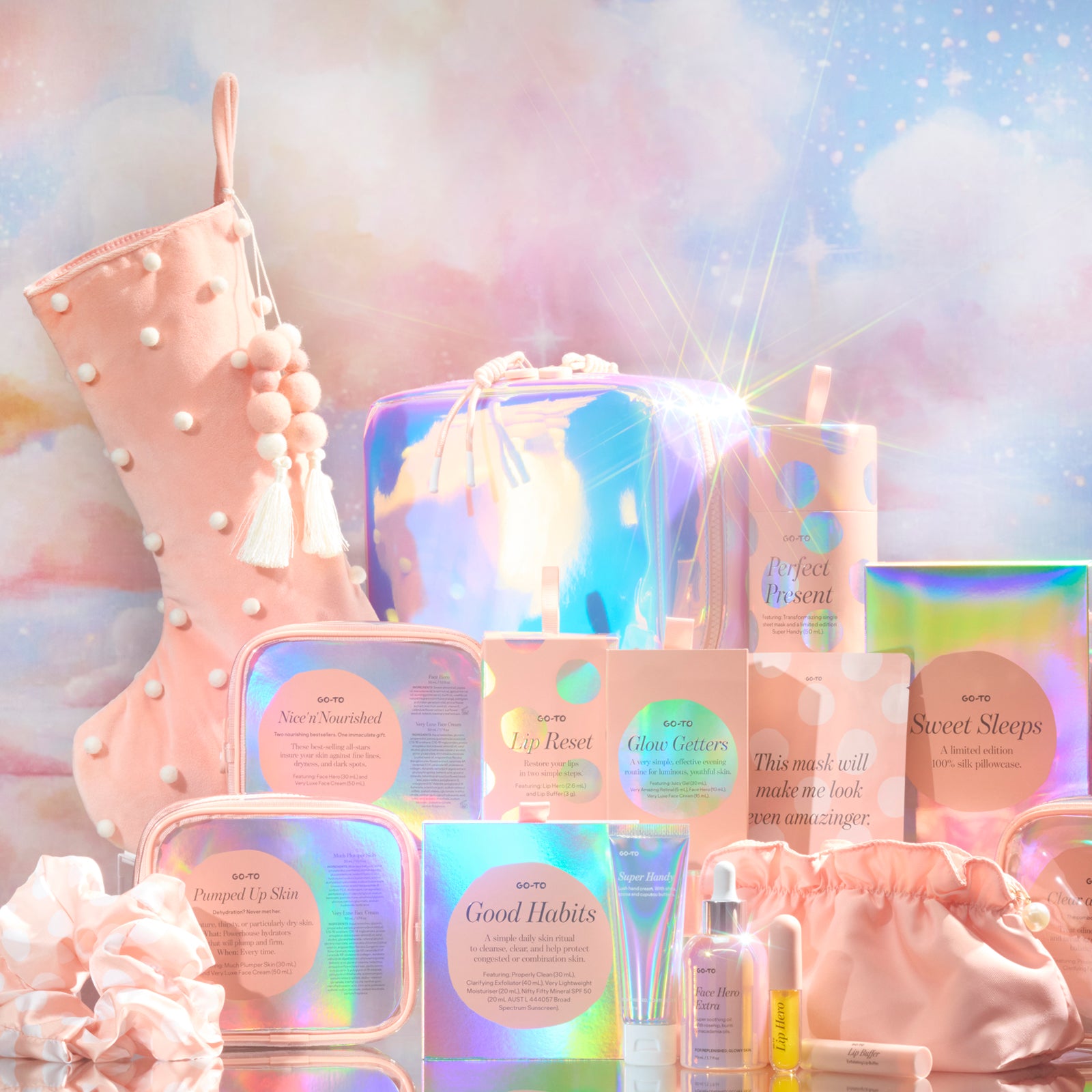



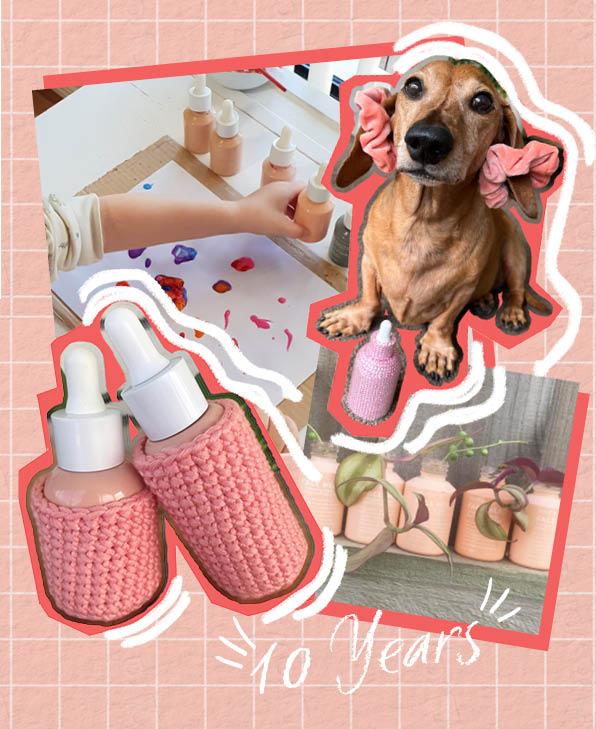

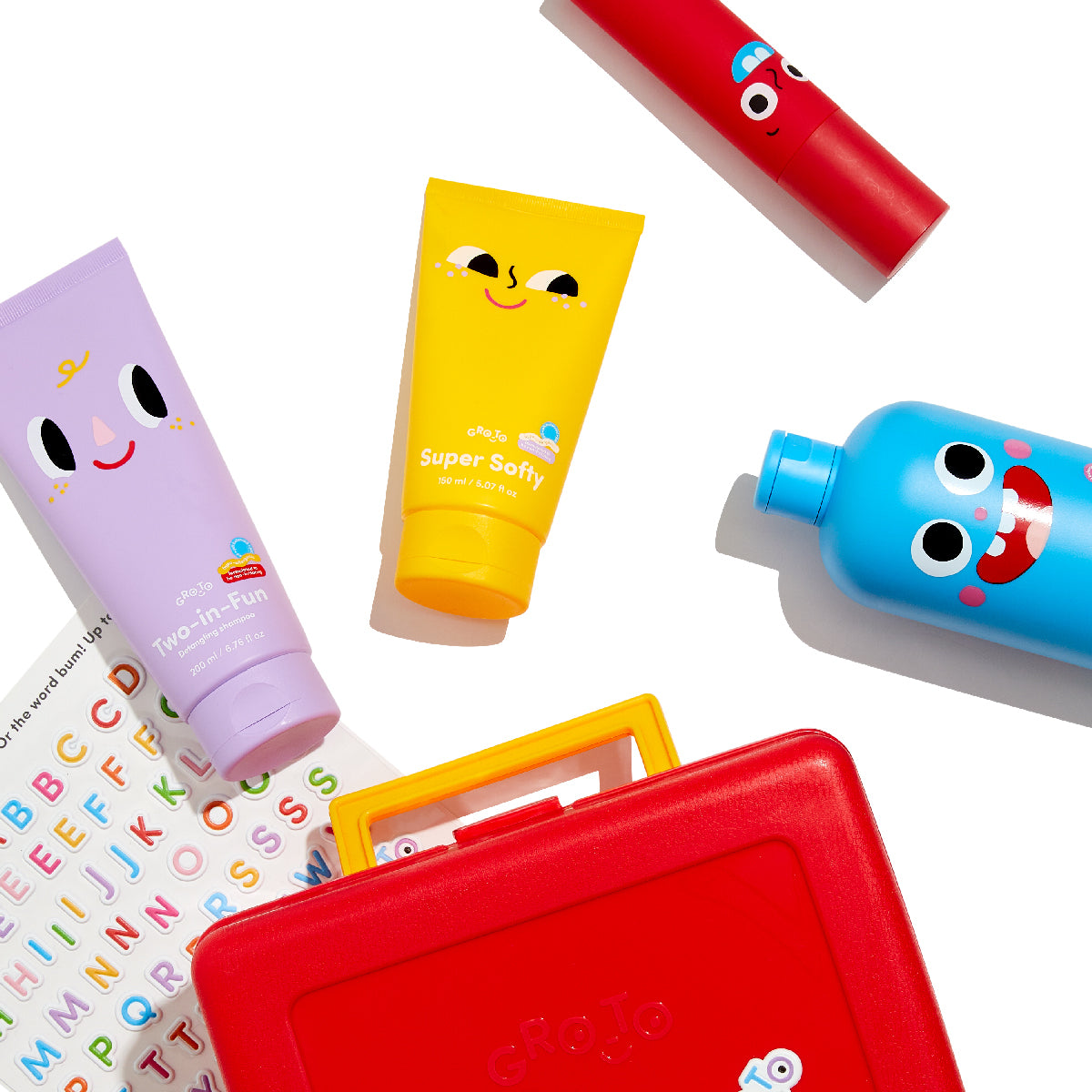



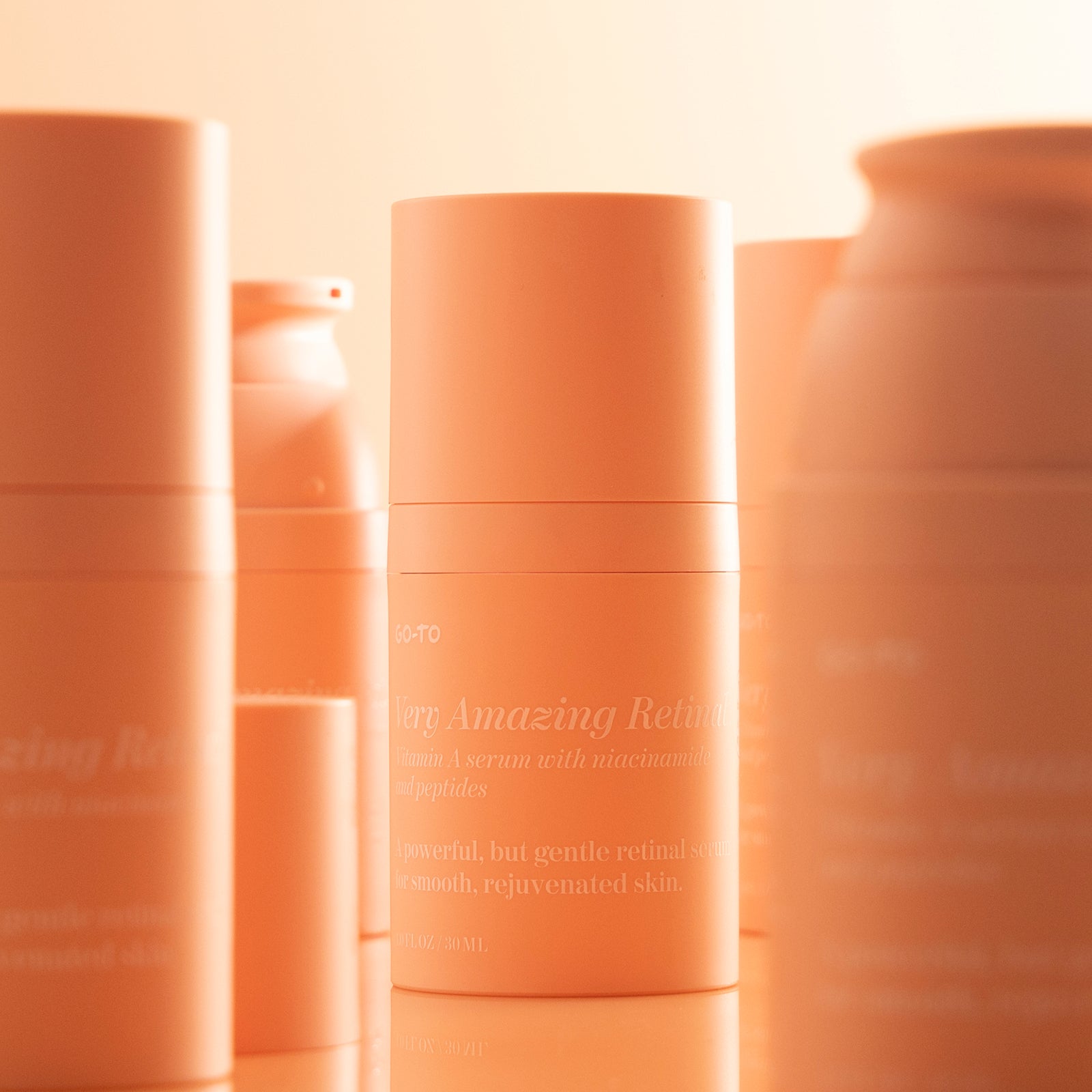
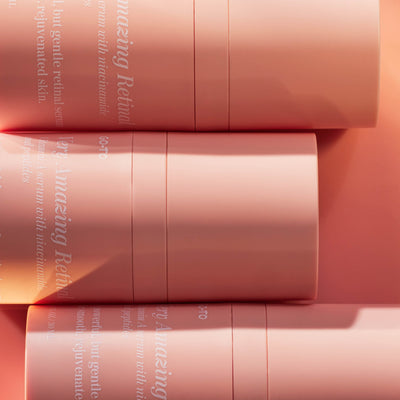



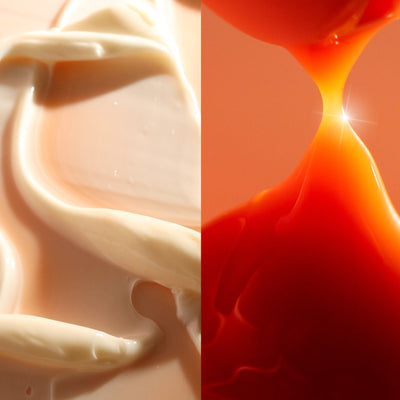
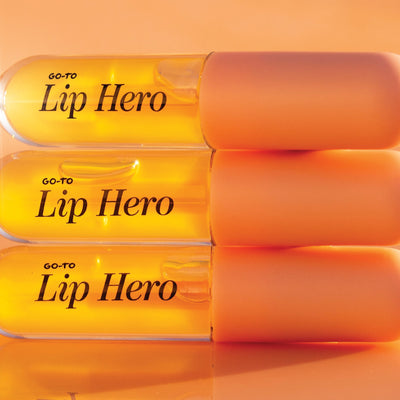
Comments